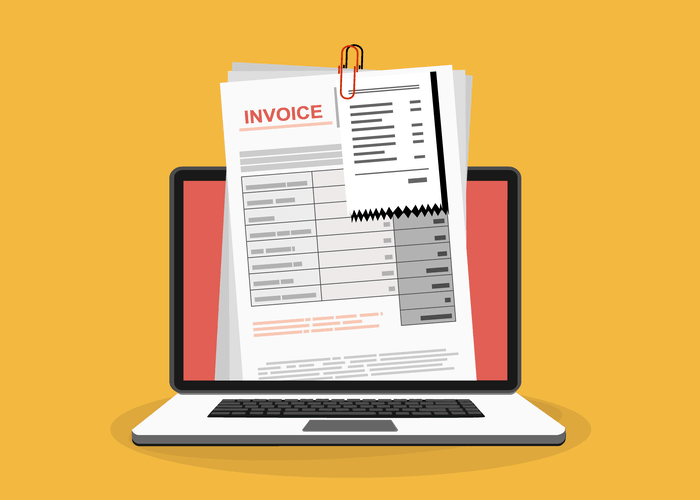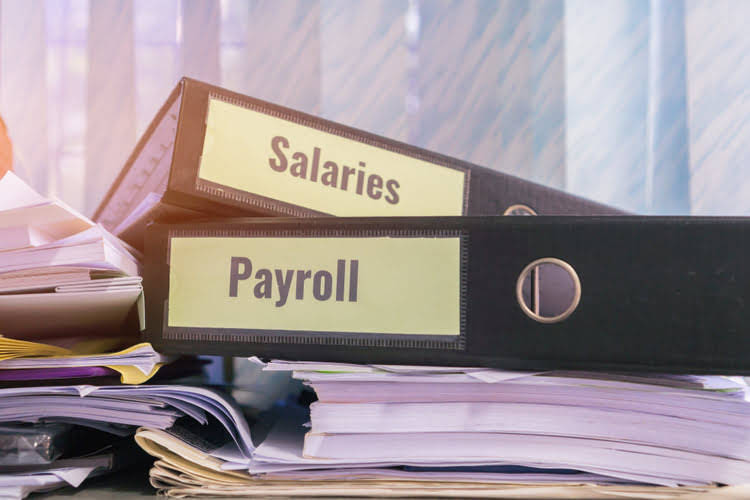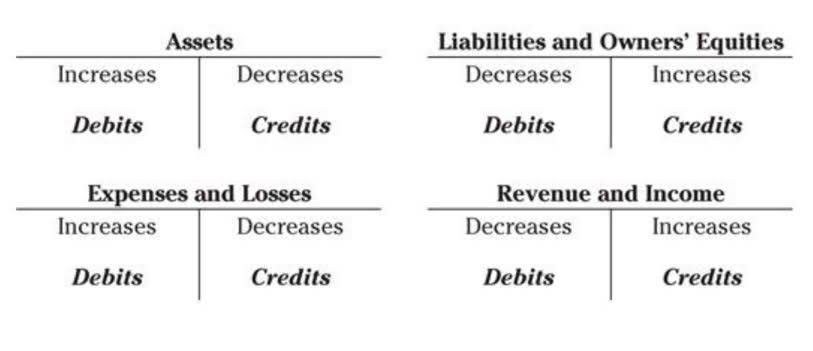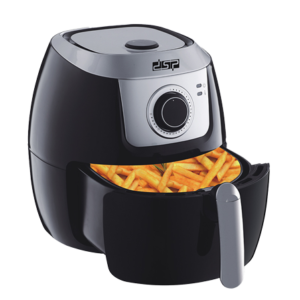Manufacturing Accounts Definition, Types, & Benefits Leave a comment

If the data doesn’t match up, it’s then possible to find the source of the problem, so that changes can be made. With this approach you can easily judge when costs deviate from the norm, which may indicate a shift in the industry. Or it could be an indication that your standards have slipped (in terms of keeping costs down). If your finance team aren’t performing accounting tasks effectively (or they don’t have the proper tools to achieve this), it can have a seriously negative impact on your business. Magnetic Search Retargeting works with ads and augments data to improve brand exposure and quality of consumer responses.

Manufacturing businesses need to maintain a close watch on their books to ensure they generate the required amount of profit relative to their costs since they create products from scratch. Manufacturing accounts help to improve the cost-effectiveness of the manufactures. Though there is no fixed format to maintain it, a few things should be properly entered into the statement to get the actual information that is needed. Debiting all expenses like the cost of raw materials and other direct expenses are to be exhibited in the statement. Particulars in closing work include trading A/c i.e transfer of the cost of production, by the sale of scrap. Profit and loss in trading and manufacturing is a must for all organizations to get an idea about the final profit or loss in the manufacturing concern.
What is the importance of accounting in manufacturing?
The perpetual system should yield accurate inventory unit quantities at all times, though rigorous record keeping and cycle counting are required to ensure that a high level of accuracy is maintained. Standard costing is an accounting system where you establish standard rates for materials or labor used in production or inventory costing. By doing this, you can work out the labor and material costs to produce a single unit of your product.

You can group and report transactions posted to a general ledger account with subledger types. You can also report on subledgers across accounts (for example, all accounting activity by asset ID or by work order number). The system underlines LOD 3 on balance sheet reports and LODs 3 and 4 on income statement reports.
Costing Methods for Manufacturing Businesses
This inventory valuation method operates under the assumption that the final product added to a company’s inventory is the first one sold. This accounting system allows you to work out the individual cost of manufacturing for a product and apply the right mark-up to get the project margin you desire. You might look at each project in detail – down to costs, materials, and overhead. Look at where the inefficiencies are in the production process and where the waste is coming from, adjusting the pricing if required. Standard costing is useful if you are making similar products or large quantities of a specific product. In manufacturing, fixed costs remain consistent no matter how many units you produce.
- Operating costs in manufacturing include things like travel expenses, office supplies, maintenance, salaries, utilities, taxes on production facilities, and more.
- Rootstock Financials is an ideal solution for manufacturing accounting, and so much more.
- However, unlike other businesses, a manufacturing budget might have to rely on more variable costs and make calculated guesses on inventory parameters and goods sold to maintain a seamless flow of cash in the business at all times.
- It will avoid a situation where you have too much inventory (which costs money) or, even worse, not enough inventory, where you cannot fulfill the requirements of your customers.
- This will be an accumulation of the money you have spent on direct materials, direct labor costs, and manufacturing overheads on each work-in-process item in your inventory.
Manufacturers should look for software that has wide-ranging accounting functionality, and Excel compatibility too. This way you can still export financial data into spreadsheets (if you prefer to report in this way). With every large financial outlay, you should manufacturing accounting first analyse the feasibility given your current situation. You should also determine the returns the investment will bring in the long-term. There are good and bad times to make an investment, which should be apparent if you’re accounting accurately.
Variable and Fixed Costs
For example, that might include rent for your factory or interest payments on a business loan. This approach is primarily beneficial for manufacturers who produce a relatively low number of unique products. For example, a manufacturer of made-to-order furniture would likely employ job costing.
These include things like rent, asset depreciation, marketing, and office expenses – all of which may be necessary to operate a manufacturing business. Indirect costs are difficult to trace back to the manufacturing of a specific product. Materials and production labour make up the bulk of a manufacturer’s direct costs. Manufacturing supplies, wages for non-production staff, and overheads like fuel or electricity can also all be considered direct costs.
Wood is the raw material, but it must be received, processed, , and properly stored. Machinery is needed to convert large pieces of wood into toothpicks and add a coating to the wood. Packaging must be manufactured in-house or by a vendor, and the toothpicks then need to be boxed as finished goods and readied for shipment to customers. All the while, the manufacturer must account for the cost of the wood, machinery, labor, electricity, and other overhead, and has yet to be paid for by a customer. Effective cost management lies at the core of the manufacturing sector’s financial stability and long-term profitability.







